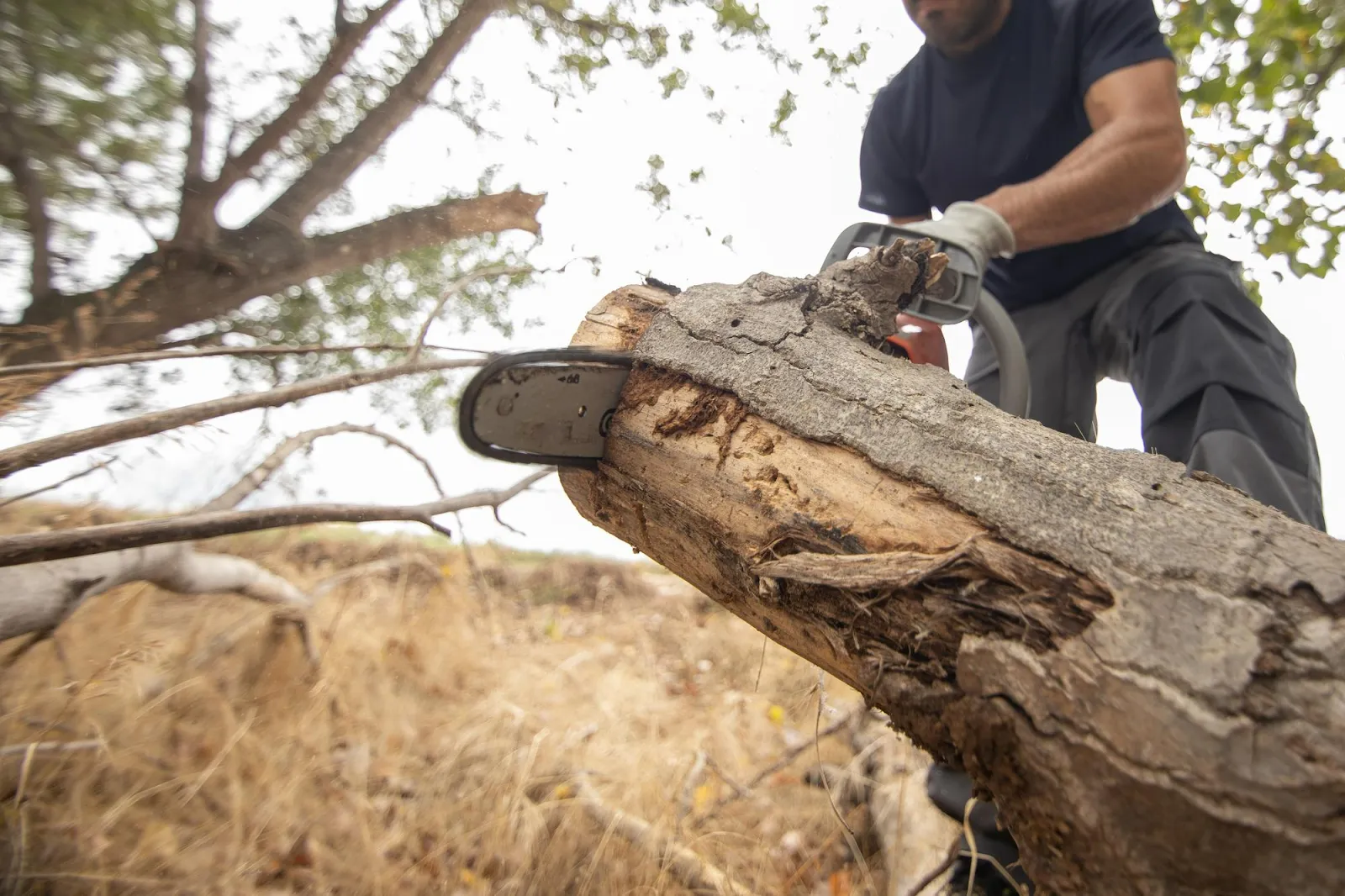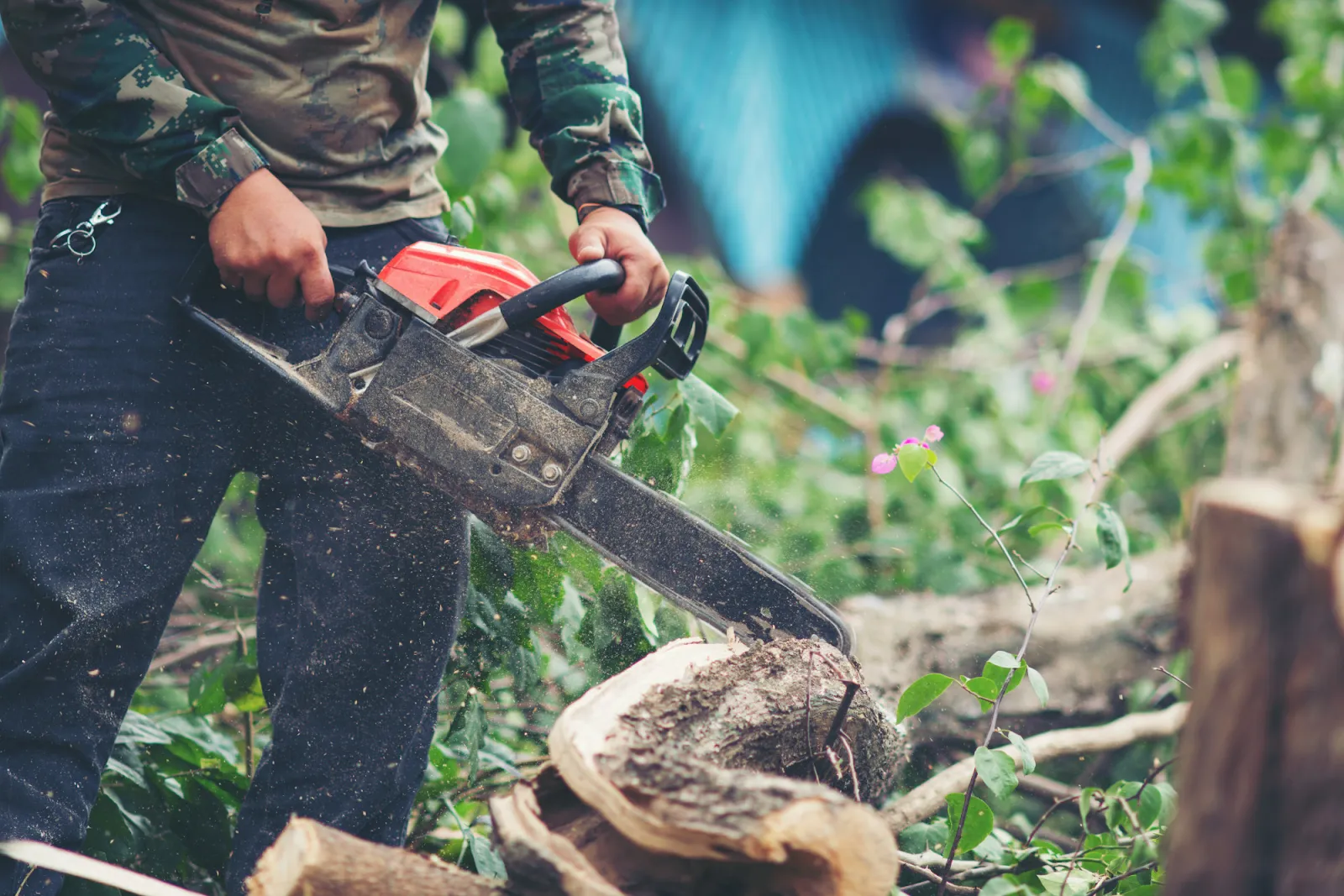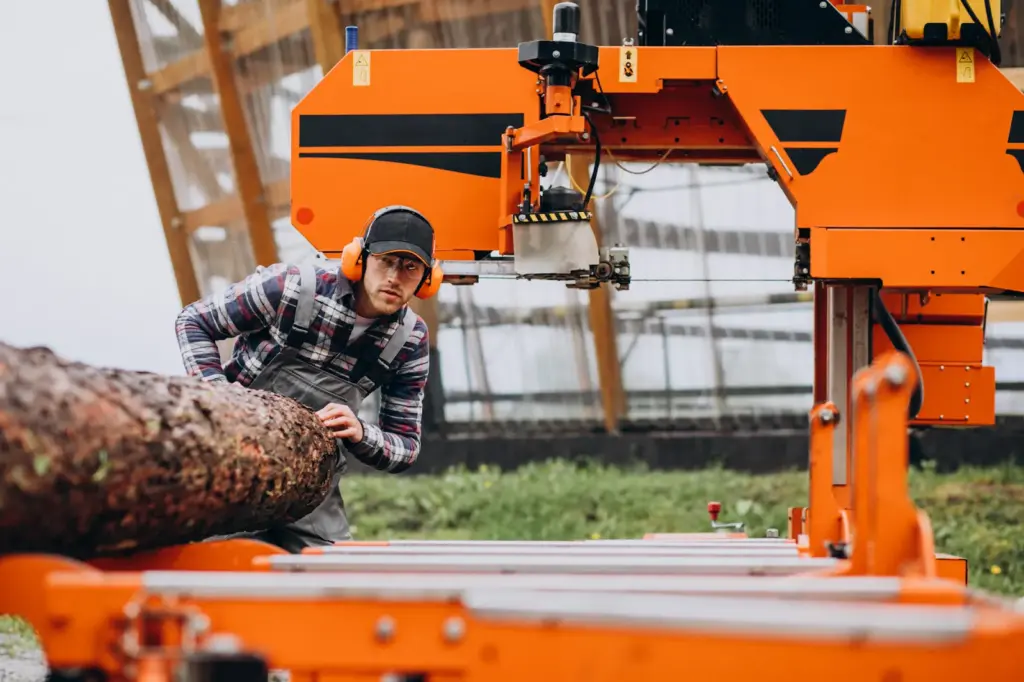When trees and electrical infrastructure intersect, especially here in Canada where you deal with everything from ice storms to summer heat waves, the consequences become incredibly high.
It’s not just about cutting down a tree – it’s a careful balance between safety, environmental responsibility, and technical expertise that requires serious consideration. That’s why we want you to know exactly what’s involved.
Electrical Hazards And The Safety Measures That Protect You

Professional arborists who work around power lines follow strict distance requirements that are life-saving regulations. For most distribution lines you’ll see in residential areas, they need to maintain at least 3 meters of distance, and those large transmission lines require even more space.
Professionals use specialized equipment that doesn’t conduct electricity, and when major removals are necessary, utility companies will actually shut down power to entire sections to keep everyone safe. It’s a coordinated effort that requires planning and expertise.
Weather Conditions And Why Timing Matters So Much
Living in Canada means you experience some pretty dramatic weather changes. Winter operations require extra careful planning because ice accumulation changes the weight distribution of trees, how they’ll fall, and even how power lines behave.
Spring and summer bring different concerns, particularly during storm season. Wet conditions make everything around electrical equipment more conductive, which significantly increases risk.
Fall presents the most complex challenges because trees are naturally weakening to prepare for winter, while utility companies are getting ready for increased electrical demands.
Experienced Canadian arborists understand that scheduling these projects correctly means working closely with utility companies to find those optimal weather windows.
Environmental Protection And The Wildlife We Share Our Spaces With
Tree removal near power lines in Canada means navigating environmental regulations that protect biodiversity.
You also need to consider Indigenous land rights and traditional ecological knowledge, particularly when utility corridors cross traditional territories. Many provinces now require consultation with First Nations communities before major tree removal projects.
When you remove mature trees, you’re potentially altering local water patterns, soil stability, and the microclimatic conditions that surrounding vegetation and wildlife depend on. For this reason, progressive utility companies are adopting selective removal strategies that keep ecological connections intact while ensuring electrical safety.
Legal Requirements And Staying On The Right Side Of Regulations

Many property owners assume they can remove any tree on their land, but proximity to electrical infrastructure triggers utility easements, safety regulations, and liability considerations that can get complicated quickly.
Professional certification requirements for this type of work are strictly enforced throughout the country, with most provinces requiring specialized training and continuing education for anyone working in this field. The Electrical Utility Arborist certification is recognized by utility companies nationwide and ensures workers understand both tree care best practices and electrical safety protocols.
Insurance considerations add another layer of complexity that surprises many people. Standard homeowner policies often exclude coverage for electricity-related incidents or damage caused by unauthorized tree work near utility infrastructure.
Equipment Needs And The Expertise That Makes Everything Work
Tree removal near power lines requires specialized equipment. We’re talking about insulated aerial lift trucks, non-conductive rigging equipment, and cutting tools specifically designed for electrical environments.
The technical expertise required for these operations represents years of specialized training that combines traditional tree care skills with electrical safety knowledge. Certified utility arborists need to understand tree biology, rigging physics, electrical theory, and emergency response procedures.
Equipment coordination typically requires multiple specialized vehicles and crews working together in carefully planned sequences. This level of coordination and expertise makes professional involvement key for tree removal near Canadian power lines.






